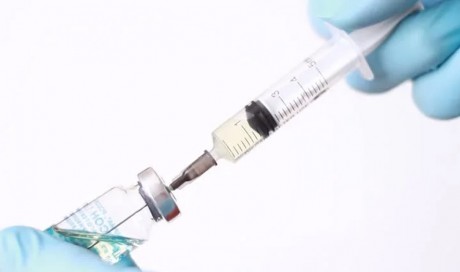What controls pigmentation?
Humans have two different types of pigment. Eumelanin is responsible for black and brown colors, while pheomelanin is responsible for orange and yellow.
Genes determine the mixture of pigments that each individual produces, which is why hair color is often similar within families.
The exact mechanisms that control pigmentation are not yet clear. However, recent research points to a finely tuned interplay between several cells in the hair follicle.
Hair progenitor cells are reported to release a protein called stem cell factor, which is a requirement for the production of pigment by melanocytes. In mouse studies, the researchers showed that if this protein is absent, hair color is lost.
Once the hair stops growing, the hair follicle undergoes dramatic structural changes and enters a rest period. During this process, melanocytes naturally die.
However, melanocyte stem cells in the hair follicle normally produce a new set of melanocytes at the start of the next hair growth cycle.
Once the new hair starts to grow, these melanocytes once again ensure that pigmentation is available. But when the melanocytes are damaged or absent, the hair that is produced lacks color and can look gray or white.
...[ Continue to next page ]
Share This Post














